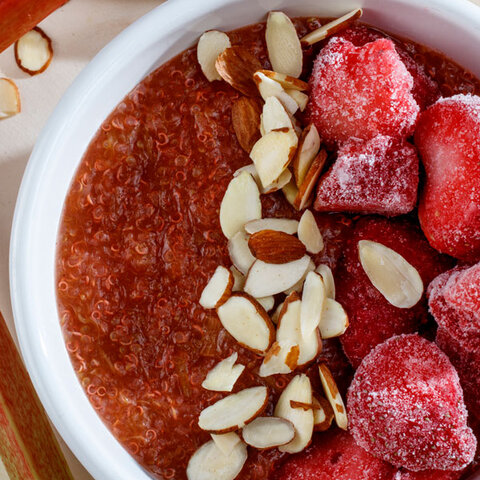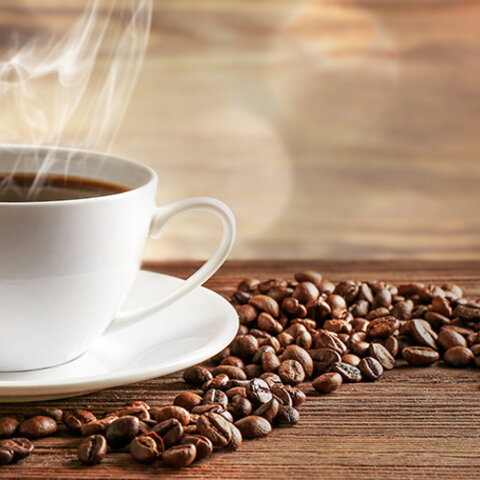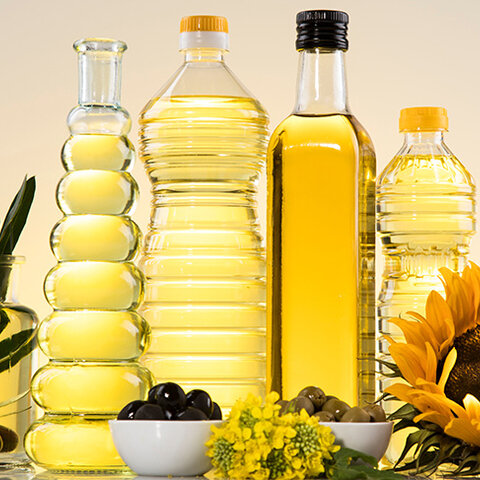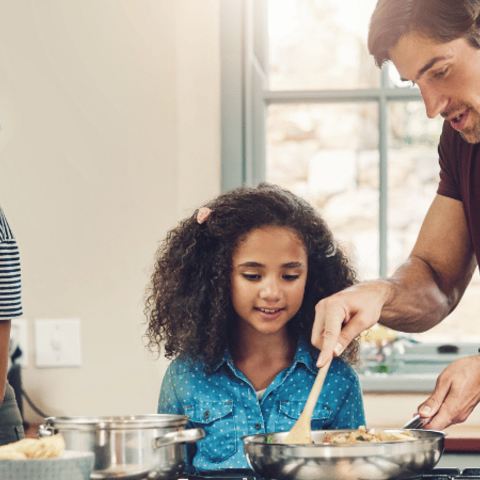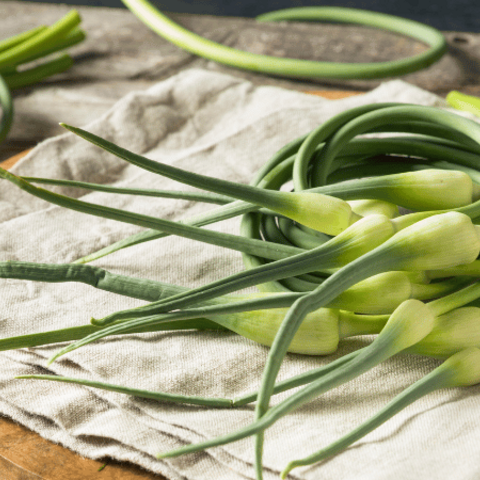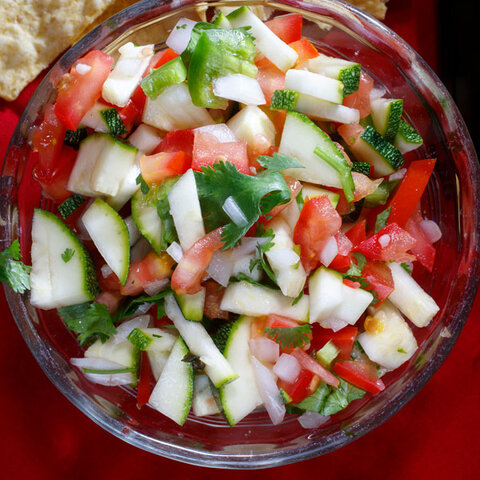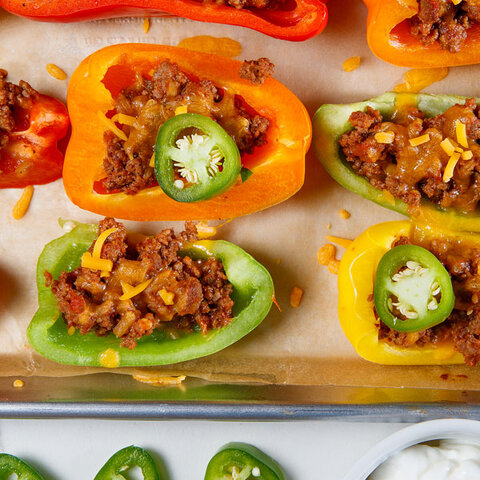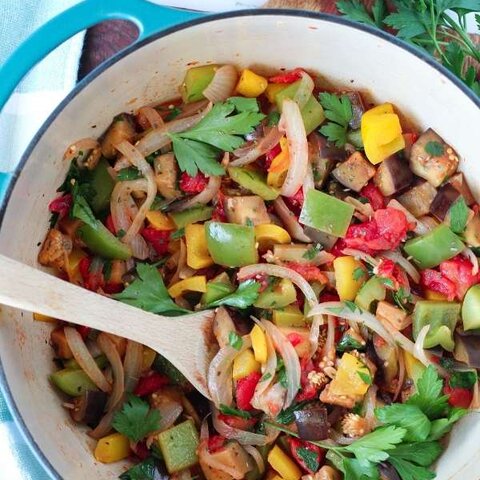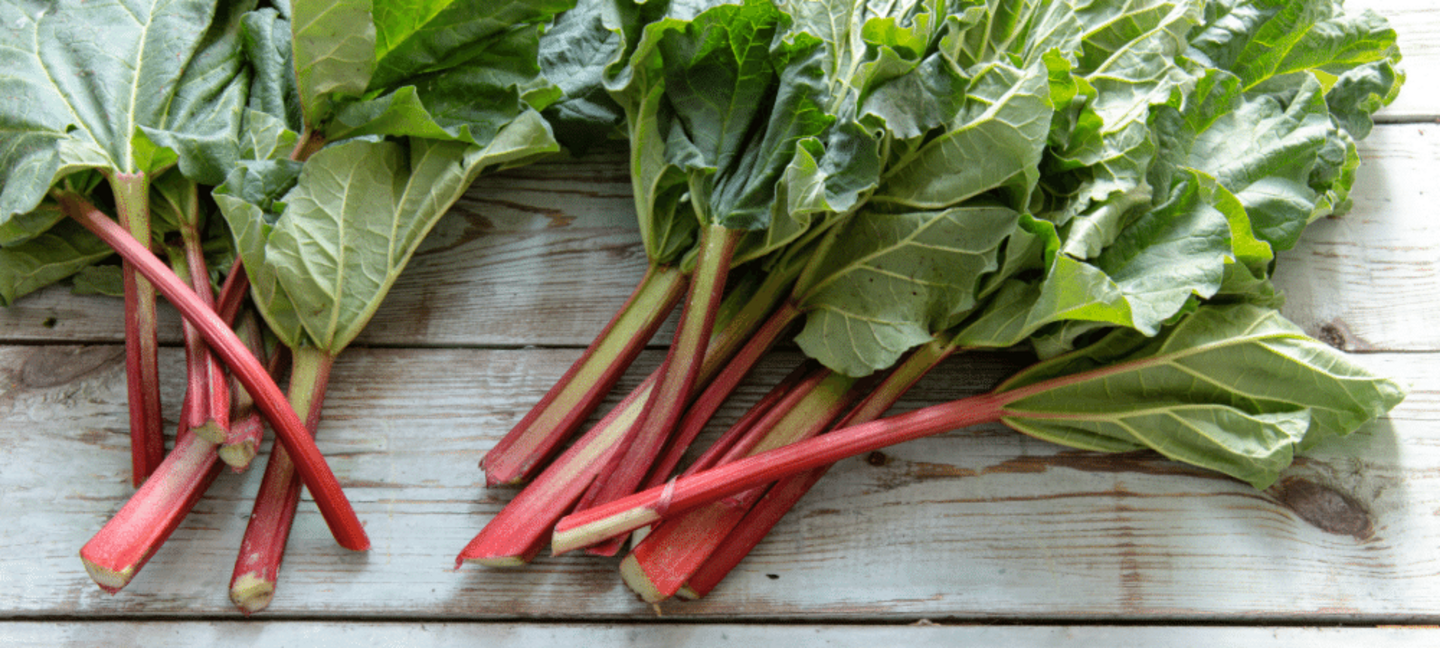
Only the stalks of the rhubarb can be safely eaten, they have a rich, tart flavor when cooked. Rhubarb leaves (cooked or raw) contain toxins that are poisonous and should not be eaten. Many varieties differ in stalk color, size, and flavor. Colors can range from red to green.
Nutrition and Health Benefits of Rhubarb
Rhubarb is an excellent source of vitamins C and K, fiber, and potassium and is low in calories and carbohydrates.
How to Select Rhubarb
Select rhubarb that are firm and flat. Avoid stalks with split ends or discolored spots.
How to Store Rhubarb
Remove leaves and discard. Wash the stalks, wrap in a damp towel and place in a plastic bag. Store in the refrigerator for up to two weeks.
How to Prepare Rhubarb
- Top chicken with a rhubarb chutney
- Use rhubarb to make jam
- Use in desserts such as pies, cobblers, crisps, tarts, and muffins
- Make a sauce to top ice cream
- Add mashed rhubarb or rhubarb syrup to drinks
Seasonal Availability of Rhubarb in Nebraska
| Jan | Feb | Mar | Apr | May | Jun | Jul | Aug | Sep | Oct | Nov | Dec | |
|---|---|---|---|---|---|---|---|---|---|---|---|---|
| Harvest | x | x | x | |||||||||
| Market | x | x |
Featured Recipes
Source:
- Seasonal Produce Guide - Rhubarb, SNAP-Ed Connection
- Nebraska Harvest Schedule, Buy Fresh Buy Local Nebraska
Tags:
